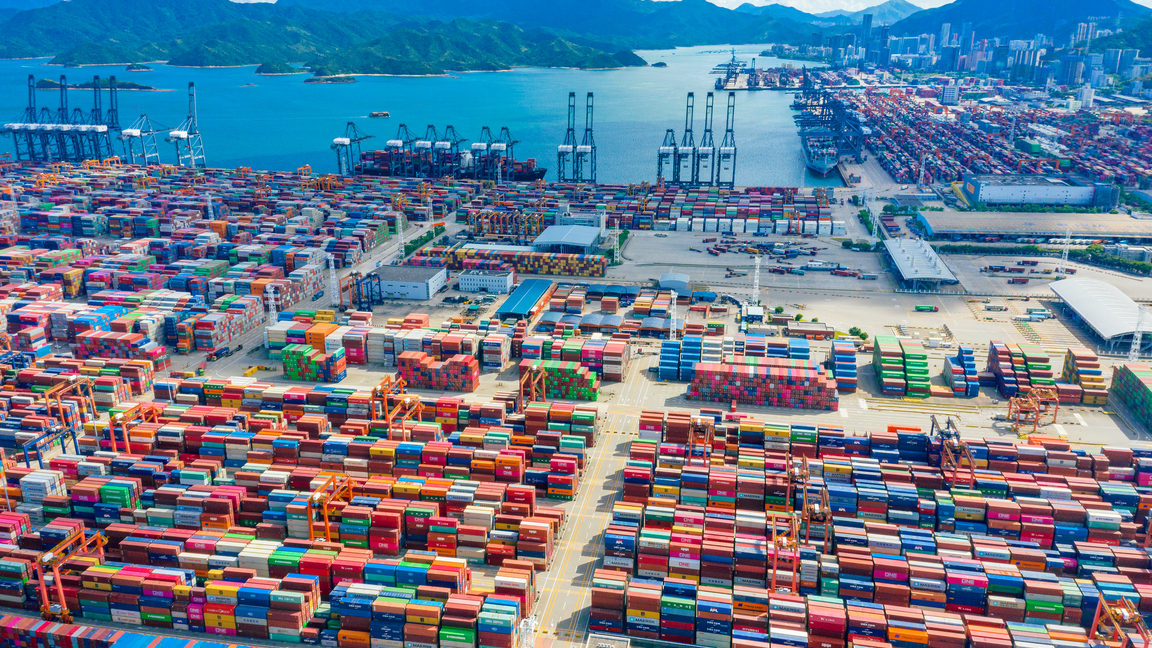
The Weekly Roar
What’s the Difference Between Shipping Visibility and Supply Chain Transparency?
Many people use the terms visibility and transparency interchangeably; however, it’s important for shipping professionals to understand that there’s a difference between these two popular terms.
While it may seem like we’re splitting hairs, making a clear distinction can go a long way towards a common understanding of what each provides while enabling logistics service providers and shippers to gain the benefits.
Visibility Defined:
Anecdotally speaking, visibility seems to be the slightly more popular of the two terms right now. In the context of shipping, visibility specifically refers to the process of tracking actual shipments and the associated supply data from end to end. To think about it another way, a simplistic example of visibility is knowing container #1 is located HERE, and it contains SKU #2 from Purchase Order #3.
Visibility focuses most on the B2B data and information part of the supply chain with the main goal of increasing operating efficiency. It also optimizes logistics functions like purchase orders, inventory, and transportation management.
It’s then through visibility that transparency is enabled.
Transparency Defined:
Transparency, on the other hand, typically refers to the process of communicating or making available all the visible information to trading partners, customers, stakeholders, and other industry agencies. All of these relevant parties stand to gain from understanding how the sausage is made, so to speak.
Another way to better distinguish between visibility and transparency involves looking at visibility as the basic facts of the situation. It’s the data that helps explain how your supply chain functions from sourcing to delivery and all the movements in between. Transparency, however, is your company’s commitment to sharing that data openly with parties inside and outside of the supply chain.
The two feed off one another (hence the confusion surrounding their meanings) because if your supply chain operations aren’t even visible within your shipping operation, then transparency anywhere outside of it is impossible.
Advantages of Visibility and Transparency
Whatever you call what’s going on, it’s vital that companies have confidence that their materials and products are not only on schedule but live up to organizational standards. This is where transparency particularly comes in handy. It traces supplies from start to finish and proves that logistics partners and suppliers meet lead-time commitments, supply quality products, and comply with regulations.
With the synergies created between visibility and transparency, there are many tangible advantages. First, trust is developed with your customers. By establishing that your supply chain is built to meet its commitments and showing how, customers’ faith in your company’s ability to deliver as promised (and overall relationship) is strengthened.
Every reasonable customer understands that no supply chain is immune from problems, but displaying visibility into what is happening shows your ability to proactively identify and address problems before they snowball into major, costly crises. Increased visibility and transparency minimizes these risks and makes troubleshooting problems much easier.
And lastly, the importance of information accuracy and timeliness can’t be overlooked. These are vital so everyone can use the available real-time information and data to make decisions based on the here-and-now.
Maybe more important than the choice of words, Visibility and Transparency, are the concepts and intent behind them. Both speak to the importance of information being shared freely so that more informed decisions can be made. This distinction as we’ve made it here is just one perspective, tell us if you agree or see things differently!
To learn more about how advanced supply chain technological tools (from Shipment Tracking, to PO Management and Business Intelligence) can enable comprehensive network visibility in addition to eliminating supply chain blind spots, visit Jaguar Freight.








